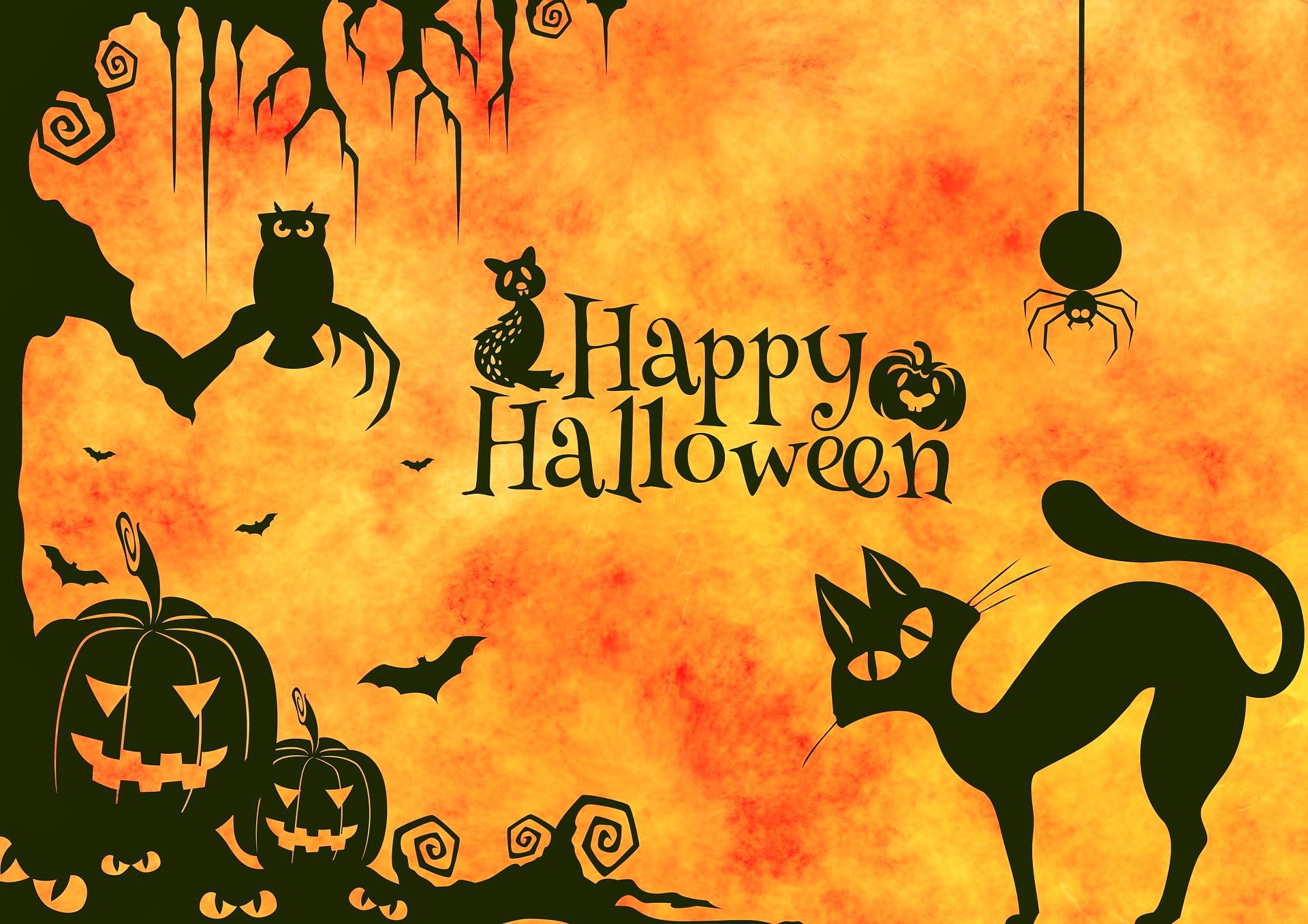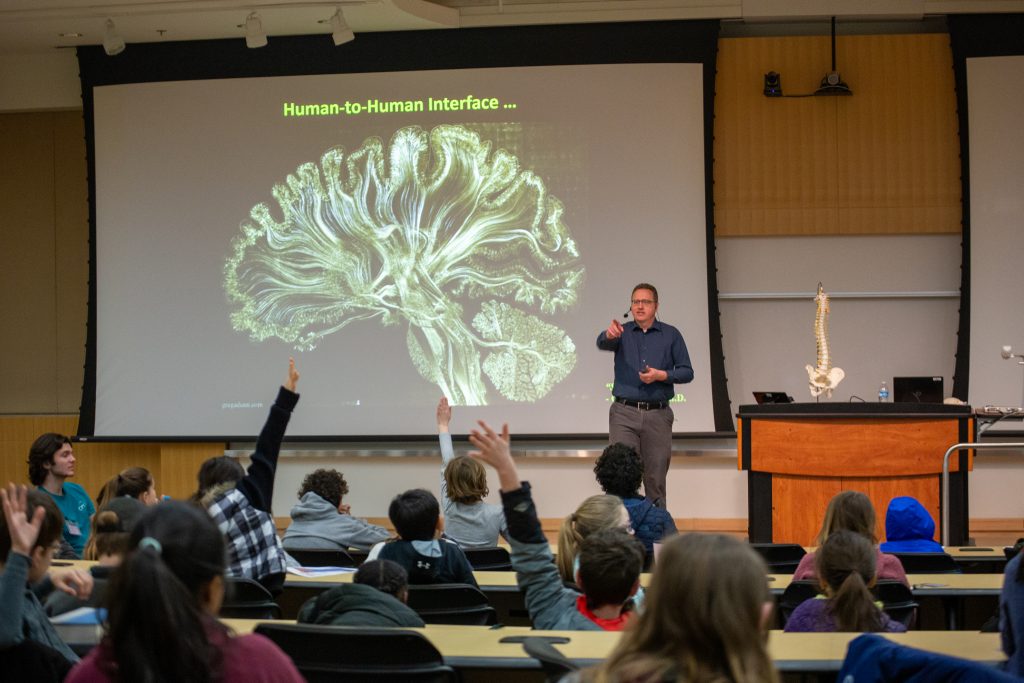 Halloween is a holiday celebrated each year on October 31, and Halloween 2021 will occur on Sunday, October 31. The tradition originated with the ancient Celtic festival of Samhain, when people would light bonfires and wear costumes to ward off ghosts.
Halloween is a holiday celebrated each year on October 31, and Halloween 2021 will occur on Sunday, October 31. The tradition originated with the ancient Celtic festival of Samhain, when people would light bonfires and wear costumes to ward off ghosts.
In the eighth century, Pope Gregory III designated November 1 as a time to honor all saints. Soon, All Saints Day incorporated some of the traditions of Samhain. The evening before was known as All Hallows Eve, and later Halloween. Over time, Halloween evolved into a day of activities like trick-or-treating, carving jack-o-lanterns, festive gatherings, donning costumes and eating treats.
HALLOWEEN COMES TO AMERICA
The celebration of Halloween was extremely limited in colonial New England because of the rigid Protestant belief systems there. Halloween was much more common in Maryland and the southern colonies.
As the beliefs and customs of different European ethnic groups and the American Indians meshed, a distinctly American version of Halloween began to emerge. The first celebrations included “play parties,” which were public events held to celebrate the harvest. Neighbors would share stories of the dead, tell each other’s fortunes, dance, and sing.
FUN FACT: More people, especially millennials, are buying costumes for their pets. Twenty percent did so in 2018, up from 16 percent in 2017.
FUN FACT II: One quarter of all the candy sold annually in the Unites States is purchased for Halloween.
Colonial Halloween festivities also featured the telling of ghost stories and mischief-making of all kinds. By the middle of the 19th century, annual autumn festivities were common, but Halloween was not yet celebrated everywhere in the country.
In the second half of the 19th century, America was flooded with new immigrants. These new immigrants, especially the millions of Irish fleeing the Irish Potato Famine, helped to popularize the celebration of Halloween nationally.
ALL SOULS DAY AND ALL SOULS CAKES
The American Halloween tradition of trick-or-treating probably dates back to the early All Souls’ Day parades in England. During the festivities, poor citizens would beg for food and families would give them pastries called “soul cakes” in return for their promise to pray for the family’s dead relatives.
The distribution of soul cakes was encouraged by the church as a way to replace the ancient practice of leaving food and wine for roaming spirits. The practice, which was referred to as “going a-souling,” was eventually taken up by children who would visit the houses in their neighborhood and be given ale, food, and money.
The tradition of dressing in costume for Halloween has both European and Celtic roots. Hundreds of years ago, winter was an uncertain and frightening time. Food supplies often ran low and, for the many people afraid of the dark, the short days of winter were full of constant worry.
On Halloween, when it was believed that ghosts came back to the earthly world, people thought that they would encounter ghosts if they left their homes. To avoid being recognized by these ghosts, people would wear masks when they left their homes after dark so that the ghosts would mistake them for fellow spirits.
BLACK CATS AND GHOSTS
Halloween has always been a holiday filled with mystery, magic and superstition. It began as a Celtic end-of-summer festival during which people felt especially close to deceased relatives and friends. For these friendly spirits, they set places at the dinner table, left treats on doorsteps and along the side of the road and lit candles to help loved ones find their way back to the spirit world.
Today’s Halloween ghosts are often depicted as more fearsome and malevolent, and our customs and superstitions are scarier too. We avoid crossing paths with black cats, afraid that they might bring us bad luck. This idea has its roots in the Middle Ages, when many people believed that witches avoided detection by turning themselves into black cats.
We try not to walk under ladders for the same reason. This superstition may have come from the ancient Egyptians, who believed that triangles were sacred (it also may have something to do with the fact that walking under a leaning ladder tends to be fairly unsafe). And around Halloween, especially, we try to avoid breaking mirrors, stepping on cracks in the road or spilling salt.
WHY DO WITCHES RIDE BROOMS?
The evil green-skinned witch flying on her magic broomstick may be a Halloween icon—and a well-worn stereotype. But the actual history behind how witches came to be associated with such an everyday household object is anything but dull.
It’s not clear exactly when the broom itself was first invented, but the act of sweeping goes back to ancient times, when people likely used bunches of thin sticks, reeds and other natural fibers to sweep aside dust or ash from a fire or hearth. As J. Bryan Lowder writes, this household task even shows up in the New Testament, which dates to the first and second centuries A.D.
The word broom comes from the actual plant, or shrub, that was used to make many early sweeping devices. It gradually replaced the Old English word besom, though both terms appear to have been used until at least the 18th century. From the beginning, brooms and besoms were associated primarily with women, and this ubiquitous household object became a powerful symbol of female domesticity.
Despite this, the first witch to confess to riding a broom or besom was a man: Guillaume Edelin. Edelin was a priest from Saint-Germain-en-Laye, near Paris. He was arrested in 1453 and tried for witchcraft after publicly criticizing the church’s warnings about witches. His confession came under torture, and he eventually repented, but was still imprisoned for life.
By the time of Edelin’s “confession,” the idea of witches riding around on broomsticks was already well established. The earliest known image of witches on brooms dates to 1451, when two illustrations appeared in the French poet Martin Le Franc’s manuscript Le Champion des Dames (The Defender of Ladies). In the two drawings, one woman soars through the air on a broom; the other flies aboard a plain white stick. Both wear head scarves that identify them as Waldensians, members of a Christian sect founded in the 12th century who were branded as heretics by the Catholic Church, partly because they allowed women to become priests.
Anthropologist Robin Skelton suggests the association between witches and brooms may have roots in a pagan fertility ritual, in which rural farmers would leap and dance astride poles, pitchforks or brooms in the light of the full moon to encourage the growth of their crops. This “broomstick dance,” she writes, became confused with common accounts of witches flying through the night on their way to orgies and other illicit meetings.
Broomsticks were also thought to be the perfect vehicles for the special ointments and salves that witches brewed up to give themselves the ability to fly, among other depraved activities. In 1324, when the wealthy Irish widow Lady Alice Kyteler was tried for sorcery and heresy, investigators reported that in searching Kyteler’s house, they found “a pipe of ointment, wherewith she greased a staffe, upon which she ambled and galloped through thicke and thin.”
Pharmacologist David Kroll writes in Forbes that alleged witches in the Middle Ages were thought to concoct their brews from such plants as Atropa belladonna (deadly nightshade), Hyoscyamus niger (henbane), Mandragora officinarum (mandrake) and Datura stramonium (jimsonweed), all of which would have produced hallucinogenic chemicals known as tropane alkaloids.
According to some historical accounts, rather than ingest these mind-altering substances by eating or drinking, which would have caused intestinal distress, witches chose to absorb them through the skin—often in the most intimate areas of their bodies. In his book Murder, Magic, and Medicine, John Mann cites a 15th century text by the theologian Jordanes de Bergamo, who wrote that “the vulgar believe, and the witches confess, that on certain days or nights they anoint a staff and ride on it to the appointed place or anoint themselves under the arms and in other hairy places.”
Beginning in the 17th century, accounts of witches using broomsticks to fly up and out of chimneys became more commonplace, even as women became more closely associated with the household and domestic sphere than ever before. According to one custom, women would prop a broom up outside a door, or place it up a chimney, to let others know they were away from the home. Perhaps because of this, popular legend embraced the idea that witches left their houses through their chimneys, even though very few accused witches ever confessed to doing so.
HALLOWEEN MATCHMAKING AND LESSER-KNOWN RITUALS
But what about the Halloween traditions and beliefs that today’s trick-or-treaters have forgotten all about? Many of these obsolete rituals focused on the future instead of the past and the living instead of the dead.
In particular, many had to do with helping young women identify their future husbands and reassuring them that they would someday—with luck, by next Halloween—be married. In 18th-century Ireland, a matchmaking cook might bury a ring in her mashed potatoes on Halloween night, hoping to bring true love to the diner who found it.
In Scotland, fortune-tellers recommended that an eligible young woman name a hazelnut for each of her suitors and then toss the nuts into the fireplace. The nut that burned to ashes rather than popping or exploding, the story went, represented the girl’s future husband. (In some versions of this legend, the opposite was true: The nut that burned away symbolized a love that would not last.)
Another tale had it that if a young woman ate a sugary concoction made out of walnuts, hazelnuts and nutmeg before bed on Halloween night she would dream about her future husband.
Young women tossed apple-peels over their shoulders, hoping that the peels would fall on the floor in the shape of their future husbands’ initials; tried to learn about their futures by peering at egg yolks floating in a bowl of water, and stood in front of mirrors in darkened rooms, holding candles and looking over their shoulders for their husbands’ faces.
Other rituals were more competitive. At some Halloween parties, the first guest to find a burr on a chestnut-hunt would be the first to marry. At others, the first successful apple-bobber would be the first down the aisle.
Citation Information
A&E Television Networks, “Halloween 2021,” History.com Editors, HISTORY, https://www.history.com/topics/halloween/history-of-halloween, Nov. 18, 2009.

